latte yo-yo
consumer product
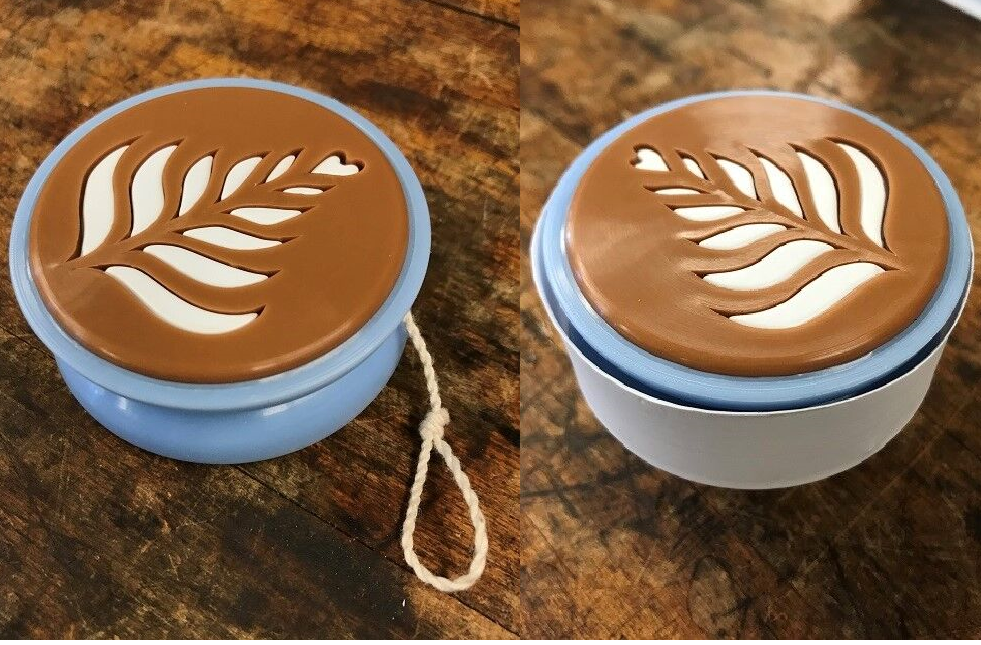
Overview
Roles: Mold Design (3D Printed and Machined), Manufacturing (Injection-molded base)
Skills: Design for Manufacturing, CAD (SolidWorks), CAM (MasterCAM), 3D Printing, CNC Milling, Injection Molding, Quality
Time: September - December 2017
Team: 5 (MechE)
Developed as part of 2.008, Design & Manufacturing II. My role in this project involved designing the mold for the thermoformed “foam,” machining the mold for the coffee part (using both conversational milling and CAM), optimizing the parameters for injection molding the base, manufacturing the injection-molded base, and assisting with assembly.
The Problem
The goal of this project was to design a yo-yo for manufacturing at scale.
Due to a shared love of coffee shops, my team designed a yo-yo based on a latte. The yo-yo required a base with a fitted metal shim for weighting, a snap-fit between the “coffee” and the base, a fit between an injection molded “coffee” and the thermoformed part “foam”, and a thermoformed “cup.”
The Process
The yo-yo was first modeled using SolidWorks.


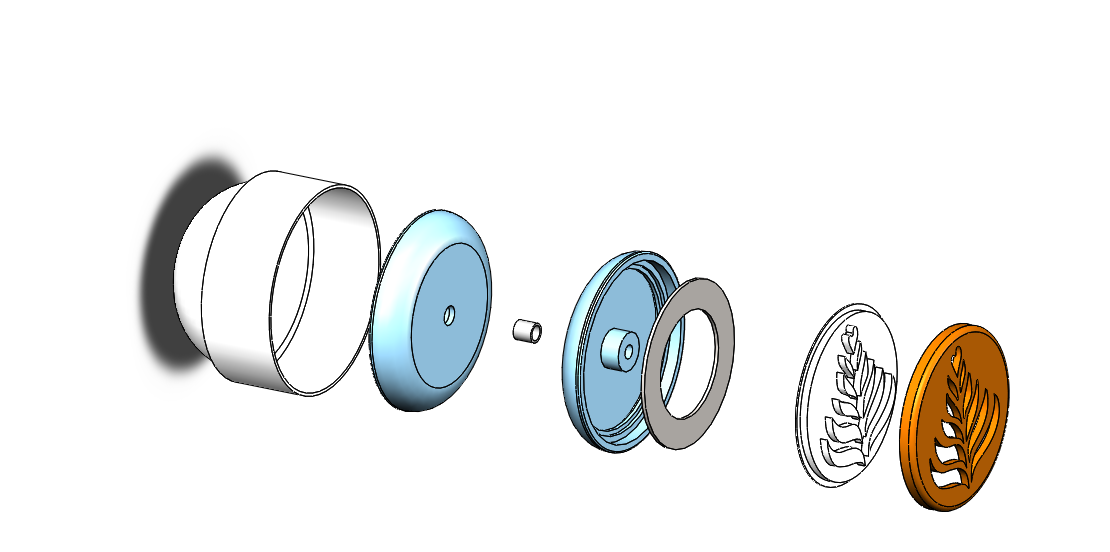
This model was then used to design the molds. MasterCAM was used to create the toolpaths for creating the molds from aluminum and then the molds were made using a CNC mill and a CNC lathe. A mold was 3D printed using an SLA printer for thermoforming the “foam.”
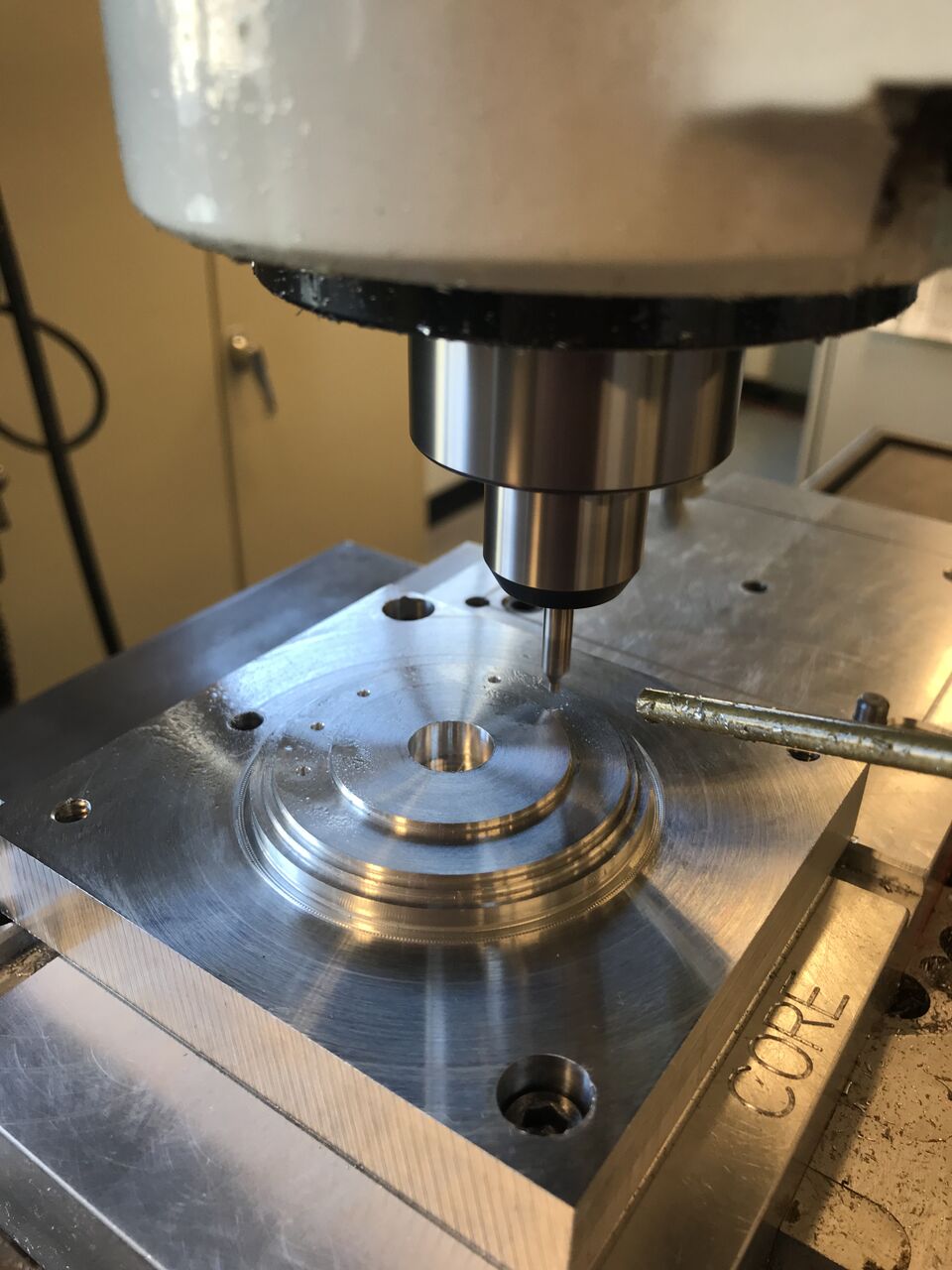
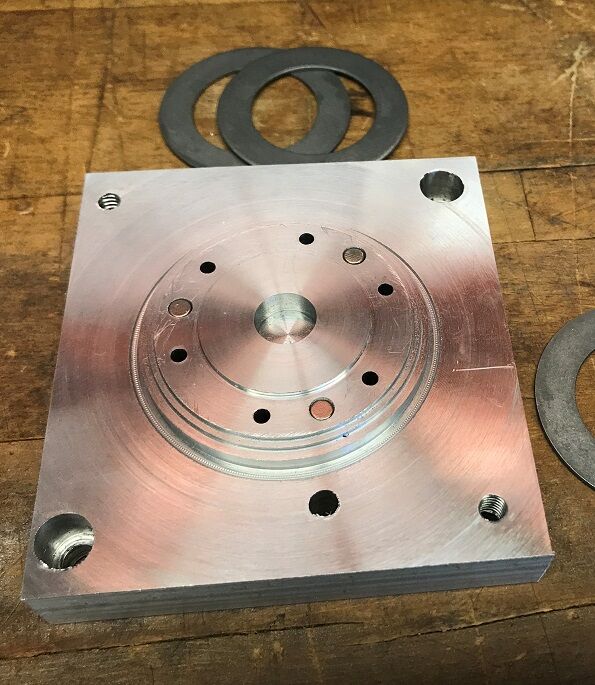
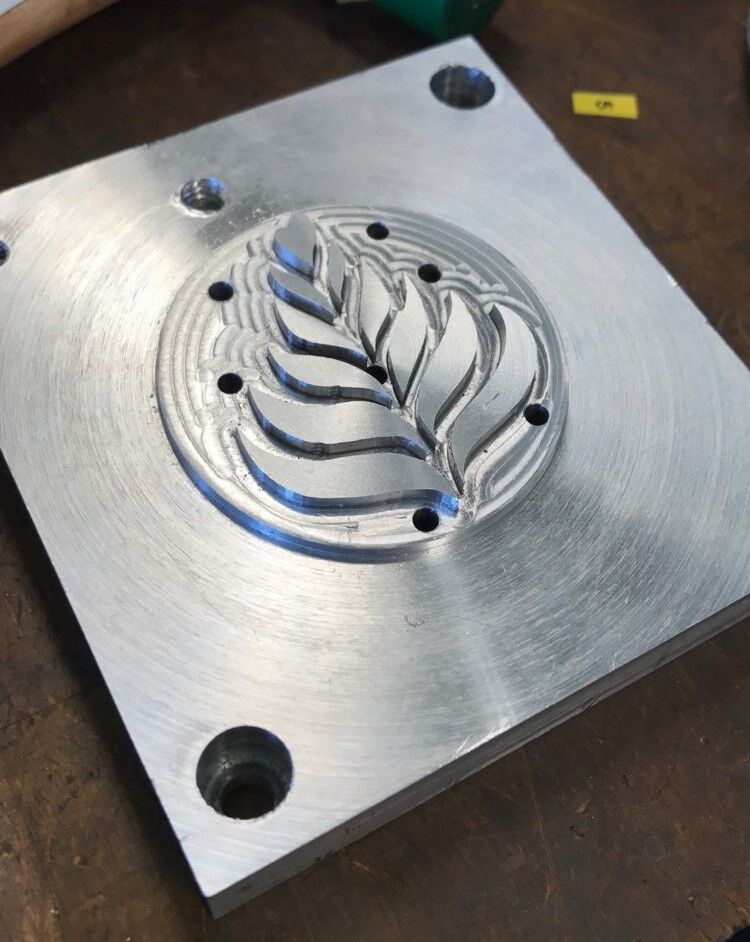
Test runs were conducted for all of the parts to optimize the process parameters and ensure the parts fit together as desired. The molds had to be modified a couple of times to improve the snap-fit. Finally, we did a production run and produced 100 of each part (50 of the cup) and assembled 50 yo-yos.
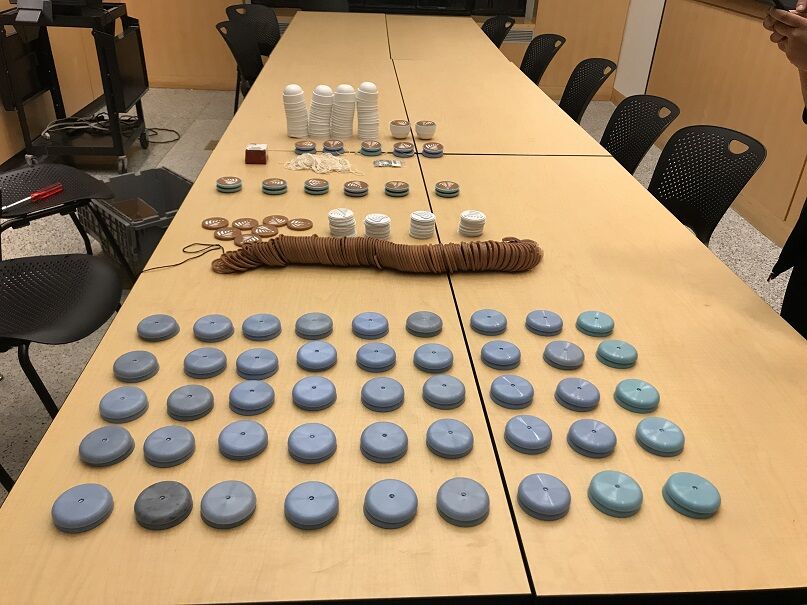
The full process is shown in the video below.
The Result
The final yo-yo is shown with and without its “cup” below. The yo-yos were subject to a drop test to ensure that they did not fall apart.
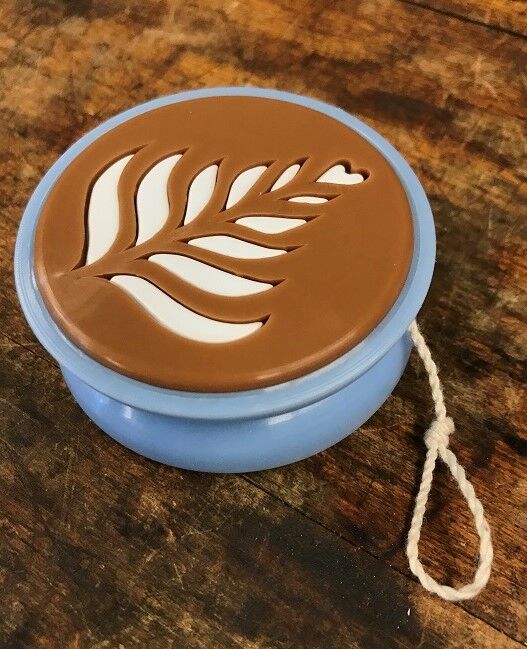

Reflection
This project taught the lesson of keeping manufacturing in mind from the beginning of designing 3D geometry. We had to modify our molds after our initial machining since the coffee part would not fit into the base part. In our case, this involved removing some material. However, if it was the reverse, we would have had to remake the entire mold which would be costly in the real world. Understanding the material and process parameters for injection molding was key to determining if and how much the final part would shrink, something that might not be thought of when using CAD to design.